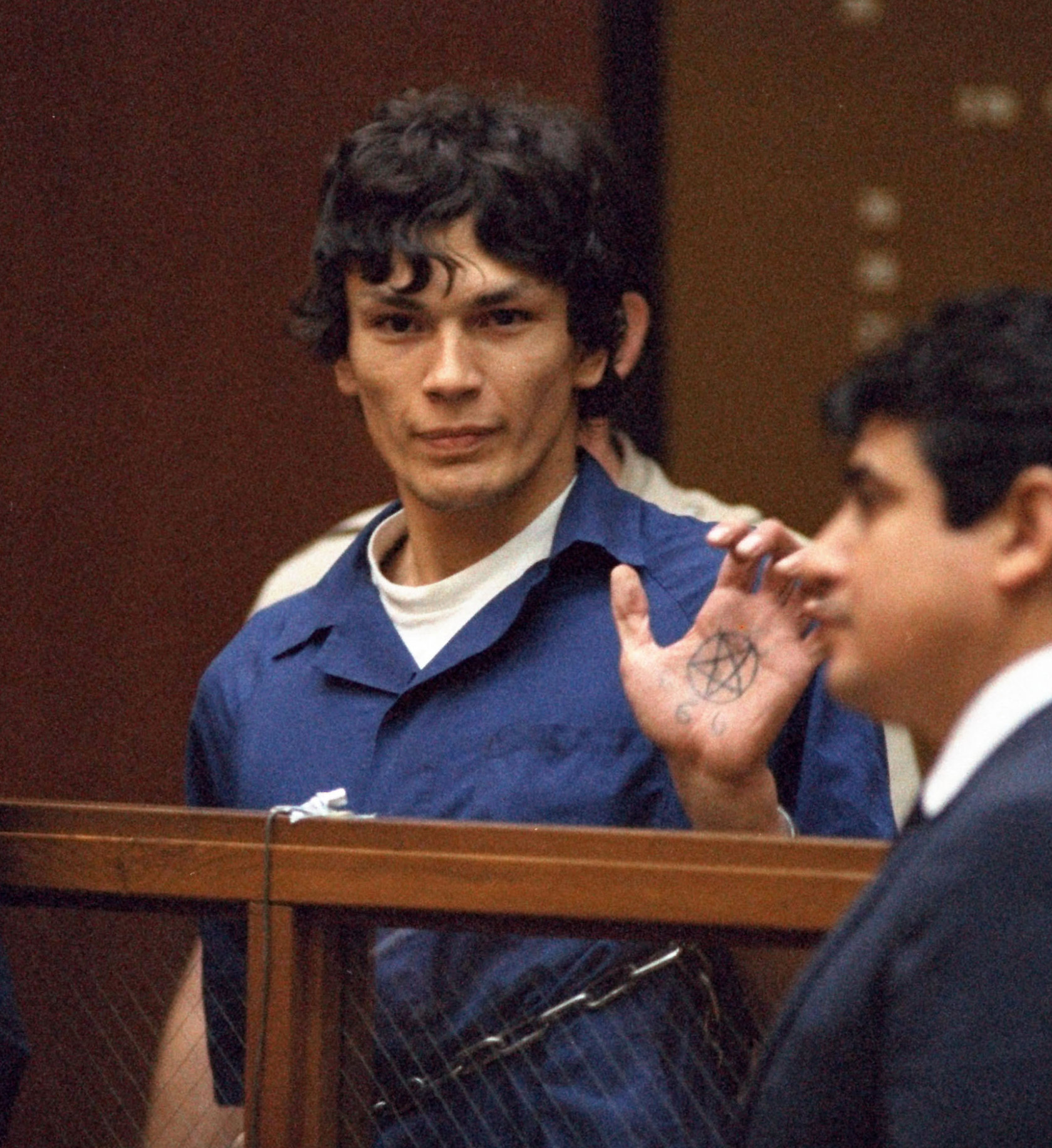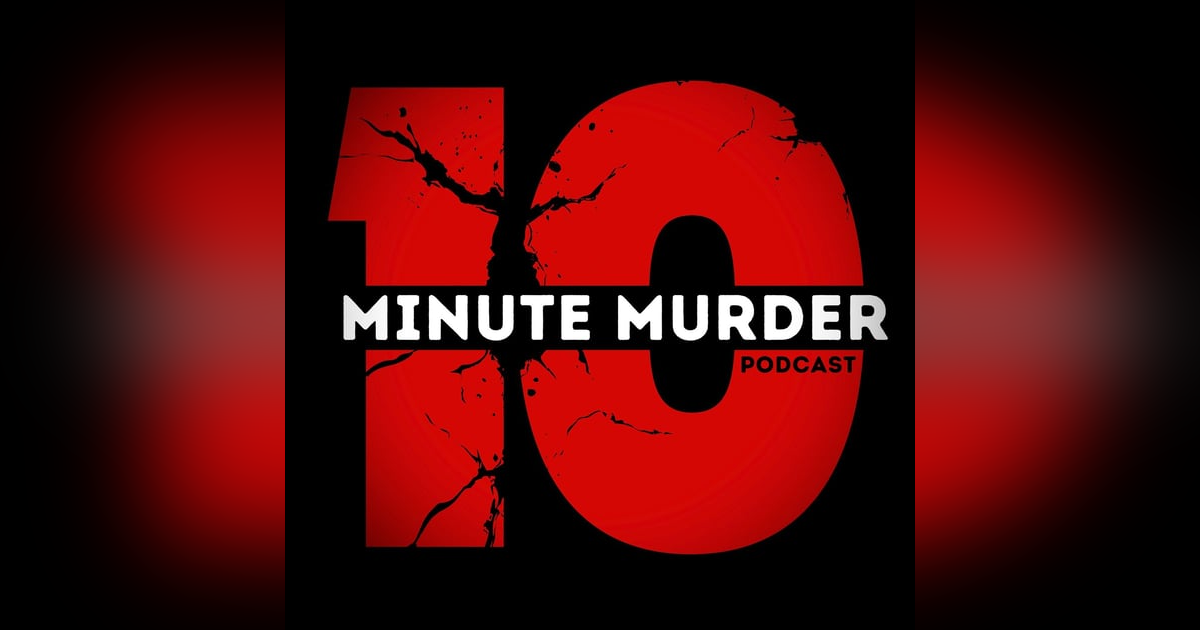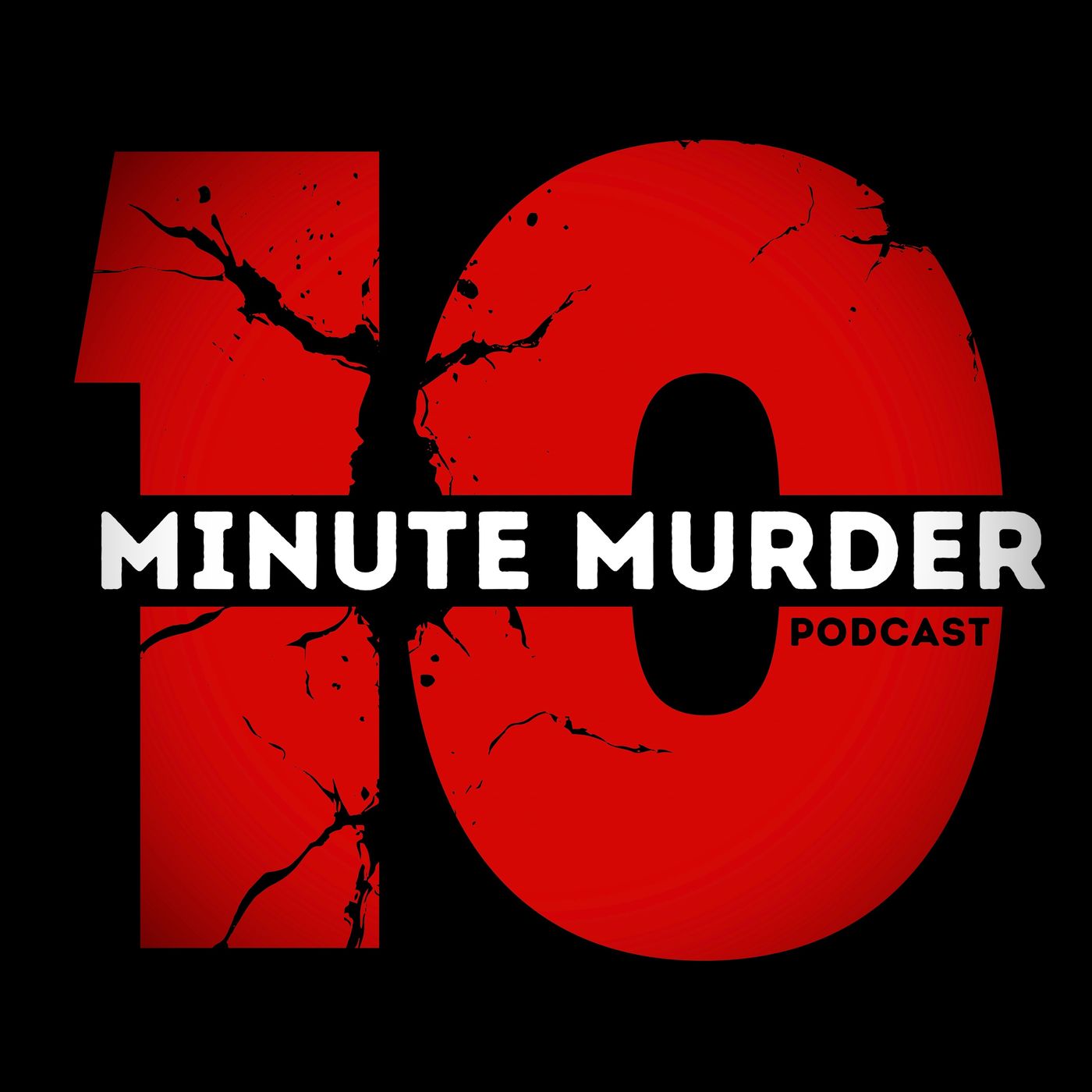Richard Ramirez: Inside the Mind of the Night Stalker

In the summer of 1985, Southern California became a place where people slept with guns under their pillows and left every light in the house on. Because Richard Ramirez didn't care who you were. Didn't matter if you were 79 years old or six. Man, woman, child. He was coming through your window in the middle of the night, and the randomness of it made everyone a potential target. This is the story of the Night Stalker.
THE NIGHT STALKER: RICHARD RAMIREZ
When Nobody Was Safe: The Summer California Stopped Sleeping
It's 1985, and if you're living anywhere in Southern California, you're probably not sleeping at all. Someone out there is breaking into homes, and the thing that makes it absolutely terrifying is that there's no pattern. Zero. The victims are all over the place. Old people, young people, men, women, children. Some are shot, some are beaten with a hammer so hard the handle cracks, some are stabbed, some are strangled. The locations are everywhere. Los Angeles, San Gabriel Valley, later up in the San Francisco Bay Area.
People are buying guns who've never owned guns. They're installing window bars, upgrading locks, leaving lights on all night. The fear is everywhere because the message is clear: anyone could be next.
Local investigators use names like "The Walk-In Killer" and "The Valley Intruder" because he's somehow getting into these houses without forcing entry. Then the L.A. Herald Examiner starts calling him "The Night Stalker," and that name sticks. It captures exactly what's happening. This person moves in darkness, and he's hunting.
The Part Where We Talk About Why Someone Becomes This
His name is Ricardo Leyva Muñoz Ramirez, born February 29, 1960, in El Paso, Texas. The childhood is, predictably, an absolute disaster. His father is physically abusive. The home is violent and unstable. Here's where it gets worse: Richard has this older cousin named Miguel who's a Vietnam veteran dealing with schizophrenia and PTSD.
Miguel becomes this grotesque mentor figure. He's bragging to young Richard about war crimes he committed in Vietnam. He's showing this kid photographs of Vietnamese women he raped and murdered. Actual photographs. Then Miguel is teaching Richard military-style killing techniques. How to move quietly. How to slash a throat. This is essentially training. A curriculum for violence.
When Richard is 13 years old, he witnesses Miguel shoot and kill his own wife, Jessie, during an argument. Here's the thing that maybe messes with his sense of consequences: Miguel gets found not guilty by reason of insanity and is released four years later. So in Richard's developing brain, extreme violence might be something you can get away with.
Add to this some significant head injuries Richard suffered as a kid, including a fall from a swing that caused seizures. Then factor in heavy drug use starting in his teens, LSD and other substances that are disconnecting him further from reality and lowering his inhibitions. You've got this perfect storm of biological vulnerability, extreme trauma, criminal mentorship, and chemical disinhibition.
By the time Richard moves to California in 1982 at age 22, he's deeply into Satanism and the occult. This becomes his framework for justifying what he's about to do. He sees himself as an agent of evil, which allows him to rationalize these crimes as devotion to the devil.
His first confirmed murder happens June 28, 1984. A 79-year-old woman. DNA evidence later shows he was also responsible for killing a nine-year-old girl in San Francisco that same year. He's already operating across a wide geographic area before the 1985 spree that makes him famous.
The Spree: When the Attacks Escalate
The peak terror happens in 1985. The attacks are relentlessly brutal. In late May, he beats two elderly sisters with a hammer. One dies. The other survives, and the force he used cracked the hammer handle. After that attack, he draws pentagrams on one sister's inner thigh and on the bedroom wall. This becomes his signature, these Satanic symbols left at crime scenes like he's turning these places into theaters of evil.
At the end of June, he rapes a six-year-old girl. In July, he rapes an eight-year-old boy in front of the child's mother. Two weeks after another murder, he sodomizes a woman while her twelve-year-old son is locked in a closet nearby. These aren't opportunistic crimes. There's strategy here. Investigators figure out that he's quickly killing male victims so he can spend more time brutalizing the women. That's calculated. That's someone maximizing their time inside these homes for a specific purpose.
And here's something that adds another layer of psychological torture: in at least three cases, there's evidence he intentionally let his victims know he was coming. He wanted them to be afraid before he even got there. That's the definition of control and terror.
There's a six-week break in the attacks at one point, and then he fatally shoots a 66-year-old man. This victim manages to call the police before he dies, which saves his wife from becoming another casualty. Small acts of courage in the middle of absolute horror.
The Detectives Who Refused to Give Up
The investigation lands primarily with the Los Angeles County Sheriff's Department homicide unit, led by two guys who are total opposites. You've got Gil Carrillo, who's younger, street-smart, and has this persistent hunch that all these seemingly random crimes are connected. Then there's Frank Salerno, this sardonic veteran who solved the Hillside Strangler case a decade earlier.
Salerno had this famous line about the Hillside Strangler case: "You only get a case like that once in a career." Turns out he was very, very wrong. The Night Stalker case is somehow worse.
Early on, Carrillo is convinced these attacks are linked. Salerno is skeptical because there's no victim pattern. Everything about traditional profiling says this can't be one person because the victims are too diverse, the methods are too varied, the locations are too spread out. Carrillo keeps pushing, and slowly, the evidence starts backing him up.
The Clues That Cracked Everything Open
After investigating one of the murders, they find a shoe print in an open bedroom window. The print matches an Avia athletic shoe, which at the time is a brand that's new to the United States. Investigators track down that only one pair of that specific type has been sold in the area. This gives them a physical link across multiple crime scenes and helps them create a composite sketch.
Then comes the stolen Toyota. After one of the murders, Carrillo and Salerno locate the car Ramirez used. It's been wiped clean of fingerprints. Inside they find this tiny, crucial detail: a business card for a dentist in Chinatown. This tells them he's probably living somewhere in that dense urban area, which is nowhere near the suburban San Gabriel Valley where most of the attacks are happening.
The breakthrough that finally identifies him is technology. Law enforcement gets a fingerprint match using a newly available computerized system called AFIS, the Automated Fingerprint Identification System. The fingerprint from a crime scene gets matched to Richard Ramirez, and suddenly they have a name. A San Francisco Police inspector confirms the identity during a separate interrogation, and now the hunt has a target.
The Capture: When the Public Said Enough
Once they have Ramirez's identity, his photo gets released to every media outlet in Southern California. On August 31, 1985, Ramirez is in East Los Angeles trying to steal a car when someone recognizes him. He takes off running. Suddenly there's this growing mob of citizens chasing him through the streets.
He runs into traffic, tries to carjack another vehicle. Now he's surrounded by furious people who've spent the entire summer terrified. These residents have had enough. They catch him and start beating him. The crowd is so out for blood that when police finally arrive, they actually have to save Ramirez's life from the vigilante mob.
There's news footage from that day showing neighbors celebrating in East LA. This capture becomes this moment of collective catharsis where the community takes back control from this arbitrary terror that's been running their lives for months.
The Trial: Theatre of Evil
The trial starts in 1989, and Richard Ramirez turns the whole thing into a spectacle. He shows zero remorse. He's jeering at victims who are testifying. During sentencing, he flashes a pentagram he's drawn on his palm and declares, "Hail Satan."
The prosecution convicts him of 67 felonies, including 13 counts of murder. He gets 19 death sentences. Nineteen. That's how extensive and cruel his crimes were.
There are these peripheral moments that add context. A former El Paso Times reporter who interviewed Ramirez's family right after his arrest testifies at trial. The reporter says Ramirez's father blamed his son's problems primarily on drugs. The defense tries to argue lack of physical evidence, offers alibis that Ramirez was in Texas during some of the crimes. None of it works. The evidence is overwhelming.
The End and What It Changed
Richard Ramirez dies on June 7, 2013, at age 53 on death row. Natural causes. He never shows remorse, never breaks character as this unrepentant psychopath. Even after his death, DNA evidence links him to that 1984 murder of the nine-year-old girl in San Francisco, confirming his victim count was higher than the 13 he was convicted for.
This case fundamentally changed how law enforcement approaches serial crime. The Night Stalker proved that killers can actively defy patterns, can operate across multiple jurisdictions, can switch up their methods and victim types to stay ahead of profiling. The AFIS breakthrough showed that technology integration across departments is essential.
For people living in California in 1985, the memory of that summer never fully goes away. The fear of someone coming through your window in the middle of the night became permanent vigilance. The Night Stalker changed how an entire region thought about security.
Richard Ramirez was a monster created by trauma, mentored by evil, and enabled by his own disconnection from humanity. The summer of 1985 was proof that sometimes the scariest predators are the ones who follow no rules at all.





